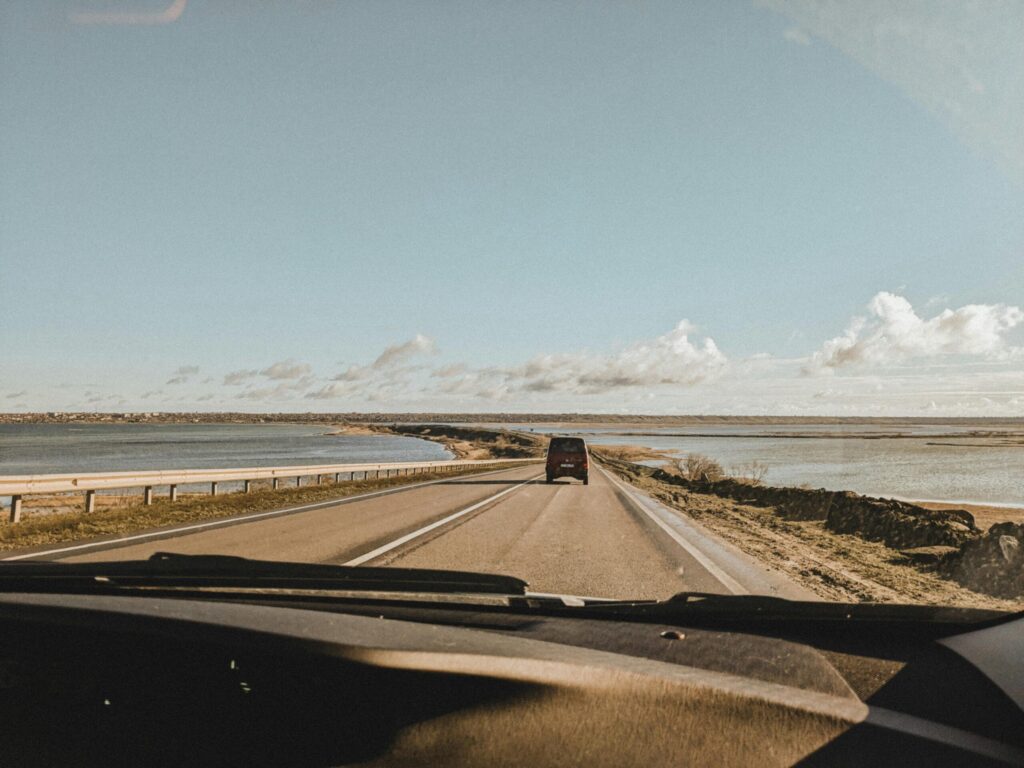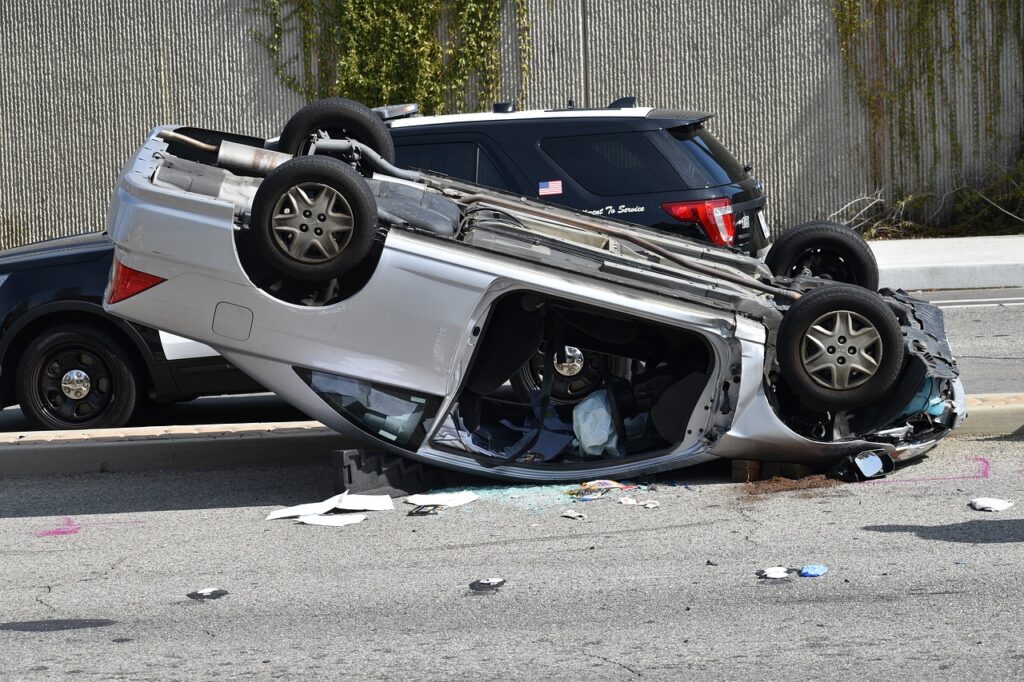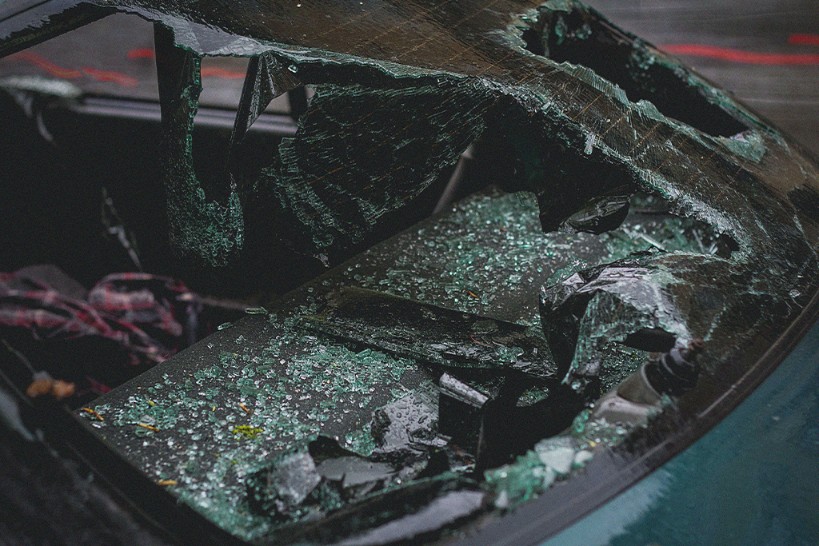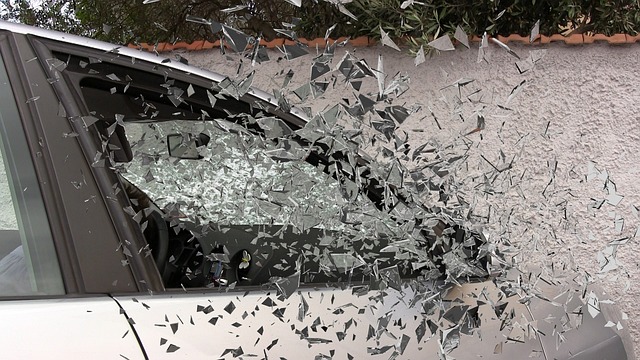Premises Liability: Navigating Property Owner Responsibilities in Florida

Premises liability is a fundamental aspect of personal injury law that holds property owners responsible for maintaining safe conditions on their premises. In Florida, recent legal developments have impacted both property owners and visitors, making it essential to understand these nuances for protecting rights and ensuring fair compensation in case of injury. Duty of Care […]
Online Safety and Liability: Navigating the Digital Frontier in Personal Injury Law

The digital landscape has revolutionized communication, interaction, and business operations, bringing new challenges to personal injury law, especially concerning online safety and liability. Florida’s Online Protection for Minors Act (HB 3), effective January 1, 2025, represents a pivotal shift in addressing these issues. Understanding the New Legal Landscape HB 3 imposes strict regulations on social […]
Early Fall Brings Cooler Weather and Unique Road Hazards: How to Stay Safe

As the early days of Fall settle in, we welcome the cool breeze, scenic foliage, and longer nights. However, with the beauty of Fall comes a range of unique road hazards that drivers and pedestrians alike must navigate.
Beyond Vehicle Damage: Maximizing Your Compensation After a Car Accident

The aftermath can be overwhelming, especially when dealing with vehicle repairs, medical expenses, and insurance claims.
Navigating Car Accidents in Florida: What You Need to Know

Accidents happen, and car accidents can be particularly stressful and overwhelming. If you’ve been involved in a car accident in
What to Do After a Car Accident: A Step-by-Step Guide

Car accidents are sudden and stressful events that can leave you feeling shaken and unsure of what to do next.
The Dangers of Texting While Driving: Why It’s Not Worth the Risk

n today’s fast-paced world, staying connected is more important than ever. However, this need for constant communication has led to a dangerous habit: texting while driving.
Psychological Effects on Car Accident Victims

Car accidents are distressing events that can have lifelong emotional and psychological effects on those involved.

